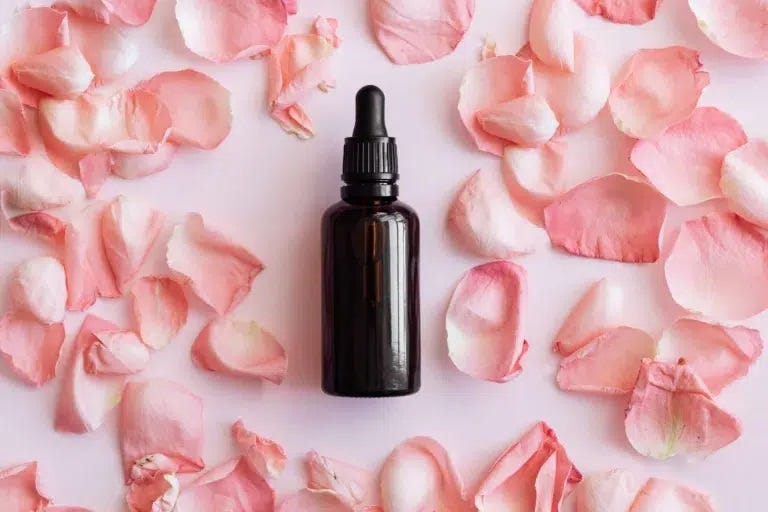Choosing the Best Face Oil for Your Skin
Face oils have become a popular addition to skincare routines, and for good reason. These luxurious elixirs are packed with nourishing properties that can transform your skin from dull to radiant. However, with an abundance of options available, finding the right face oil for your skin type can be overwhelming. Fear not! In this comprehensive guide, we will explore the world of face oils, demystify their benefits, and help you discover the perfect elixir that complements your unique skin needs.

1. Understanding Face Oils
Before diving into the selection process, let’s explore the benefits of face oils. These concentrated plant-based oils are rich in antioxidants, vitamins, and essential fatty acids. Face oils can help lock in moisture, strengthen the skin barrier, and provide a natural glow. They are particularly effective in combatting dryness, soothing irritation, and reducing the appearance of fine lines.
2. Identifying Your Skin Type
To find the ideal face oil, understanding your skin type is crucial. If you have dry skin, opt for heavier oils like avocado or argan oil, as they provide deep hydration. For oily or acne-prone skin, lighter oils such as jojoba or grapeseed work wonders by balancing sebum production. Combination skin benefits from oils like rosehip, which provide moisture without clogging pores.
When choosing a face oil, scrutinize the ingredient list. Look for oils high in vitamins A, C, and E, as they offer antioxidant benefits. Essential fatty acids like omega-3 and omega-6 promote skin barrier health. Rosehip oil, for instance, is rich in vitamin C and linoleic acid, making it excellent for skin repair and brightening.
3. Patch Testing: A Must-Do Step
Before incorporating a new face oil into your routine, always perform a patch test. Apply a small amount of the oil to your forearm and observe for any adverse reactions for 24 hours. This step helps identify potential allergies or irritations, ensuring you select a face oil that agrees with your skin.
4. Organic and Cold-Pressed Oils
To obtain the best results, opt for organic and cold-pressed face oils. Organic oils are free from pesticides and synthetic additives, while cold-pressed oils retain their maximum nutrient content. Embracing these high-quality options ensures you reap the full benefits of the oil’s natural goodness.
5. Nighttime vs. Daytime Use
Face oils can be used both during the day and at night. For daytime use, consider lightweight oils that absorb quickly and create a smooth base for makeup. At night, indulge in richer oils to deeply nourish and replenish your skin while you sleep.
6. Layering with Skincare
Face oils work well with other skincare products. After cleansing and toning, apply your face oil as a moisturizer, or layer it on top of your favorite serum. This helps lock in moisture and enhances the benefits of your entire skincare routine.
Selecting the best face oil for wrinkles involves understanding your skin type and choosing oils that cater to your specific needs. Whether you need deep hydration, oil control, or skin repair, there’s a face oil for you. Remember to patch test and opt for organic, cold-pressed options to ensure the best results. Incorporate face oils into your daily routine, and enjoy the transformative effects on your skin.
Comments
Post a Comment